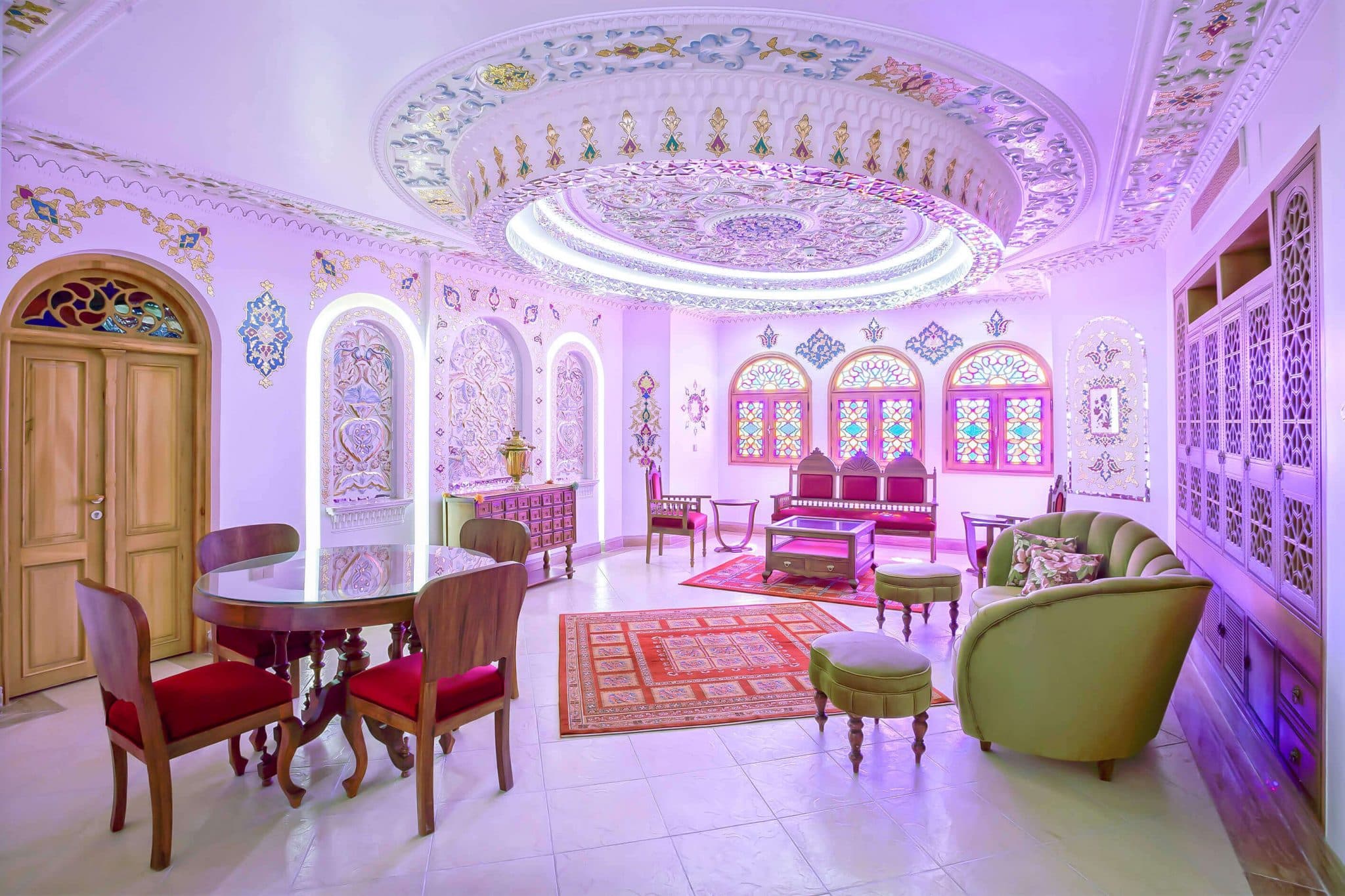Isfahan Travel Guide
Why Visiting Isfahan
Isfahan, known as the jewel of ancient Persia, stands as Iran’s top destination. Its captivating tree-lined boulevards, verdant Persian gardens, and monumental Islamic buildings set it apart, offering a visual charm unlike any other Iranian city.
The city’s vibrant artisan community further solidifies its reputation as a living museum of traditional culture, blending the past with the present in a dynamic display.
The historic bazaar of Isfahan, a bustling hub of craftsmanship and heritage, offers a window into the rich cultural fabric of the city. Here, visitors can discover the beauty of Persian craftsmanship, from exquisite carpets to hand-painted ceramics, each piece telling a story of tradition and skill.
Crossing Isfahan’s scenic bridges, including the renowned Si-o-se-pol and Khaju, offers moments of peace and reflection. These architectural wonders are not just crossings over the Zayanderud River but are central to the city’s social life, offering breathtaking views and a place for communal gathering.
At the heart of Isfahan’s architectural magnificence is the UNESCO-listed Naqsh-e Jahan Square.
Surrounded by the city’s most splendid Islamic buildings, the square is a hub of historical and aesthetic significance, showcasing the grandeur of the Imam Mosque, the elegance of Sheikh Lotfollah Mosque, and the regal Ali Qapu Palace.
Isfahan captivates visitors by harmoniously weaving its historical essence with the vibrancy of modern life. The city promises not just a journey through its picturesque streets and squares but an unforgettable experience of its beauty and warmth, leaving a lasting impression on all who visit.
Due to its beautiful hand-painted tiling and magnificent public square, it is considered to be one of the most beautiful cities in the world. An ancient town and capital of Persia from 1598 to 1722, it was long noted for its fine carpets and silver filigree.
Today, textile and steel mills take their place. Its architecture, tree-lined boulevards and relaxed pace make it one of the highlights of Iran. The city is 430km south of Tehran at the foothills of the Zagros Mountain range.
The city enjoys a temperate climate and regular seasons. Isfahan is located on the main north-south and east-west routes crossing Iran. It is similar to Denver in the United States in terms of altitude and precipitation. It is the twin city of Freiburg and Freiburg Street in Isfahan is famous.
Isfahan Is Great For
Eat & drink
Make & see art
Art & history
The Bes Hotel
The Best 5-Star Hotels in Isfahan

Hotels
Best 5-Star Hotels in Isfahan
1. Abbasi Hotel Isfahan
2. Kowsar Hotel Isfahan
3. Attar Hotel Isfahan
Feel at home
What To See in Isfahan?
Squares and streets
Naqsh-e Jahan Square also known as shah square or imam square-1602. The square contains two mosques, a palace, and the bazaar. The square is the largest historic public square in the world after Tiananmen Square in [[Beijing]] and it is one of UNESCO’s World Heritage Sites. The square is surrounded by buildings from the Safavid era. This a very popular place for locals to picnic on Friday and holiday evenings. Meydan Kohne (Kohne Square) Shahshahan Square Chaharbagh Boulevard: 1596, dating from the Safavid era, the avenue is the most historically famous in all of Persia. Chaharbagh-e-khajou Boulevard
Mosques
The stunning mosques of Isfahan are among the most beautiful and interesting in the world. * Built during the Safavid period, it is an excellent example of Islamic architecture of Iran, and regarded as one of the masterpieces of Persian Architecture. It is registered as a UNESCO World Heritage Site. Its splendor is mainly due to the beauty of its seven-colour mosaic tiles and calligraphic inscriptions.
Palaces
Ali Qapu (The Royal Palace) Talar Ashraf (The Palace of Ashraf) Chehel Sotoun (The Palace of forty columns)
Schools
Madreseye Shah (Imam Jafar Sadegh after the revolution). The compound was built during Soltan Hossein, a Safavid king, to serve as a theological and clerical school to train those who were interested in such sciences. The dome and the greater part of the walls are covered in bright yellow bricks which give a feeling of lightness. The entrance gate decorated with gold facade and silver and the tile-works inside the building are masterpieces of fine art and industry. The central court, with its pool and garden, are surrounded by arcades on two levels, each giving access to a student’s room.
Bridges
Walk along the Zayanderud River beside the ancient bridges. You see many locals doing this every day. However, as a result of a drought and badly planned dam, there is usually no water in the river. Pol-e Shahrestan Pol-e Khaju (Khaju Bridge) Si-o-Seh Pol (The Bridge of 33 Arches) Pol-e-Joui or Choobi(Joui bridge Pol-e-Maarnaan (Maarnaan Bridge)
Churches and Cathedrals
Vank Cathedral (The Church of the Saintly Sisters) – 17th century. The interior is covered with fine paintings and gilded carvings and includes a wainscot of rich tile work. The delicately blue and gold painted central dome depicts the Biblical story of the creation of the world and man’s expulsion from Eden. Right above the entrance, there is an interesting fresco of heaven and hell with black and brown devils slaughtering white naked people who obviously sinned. To heaven go well dressed pious people with candles.
